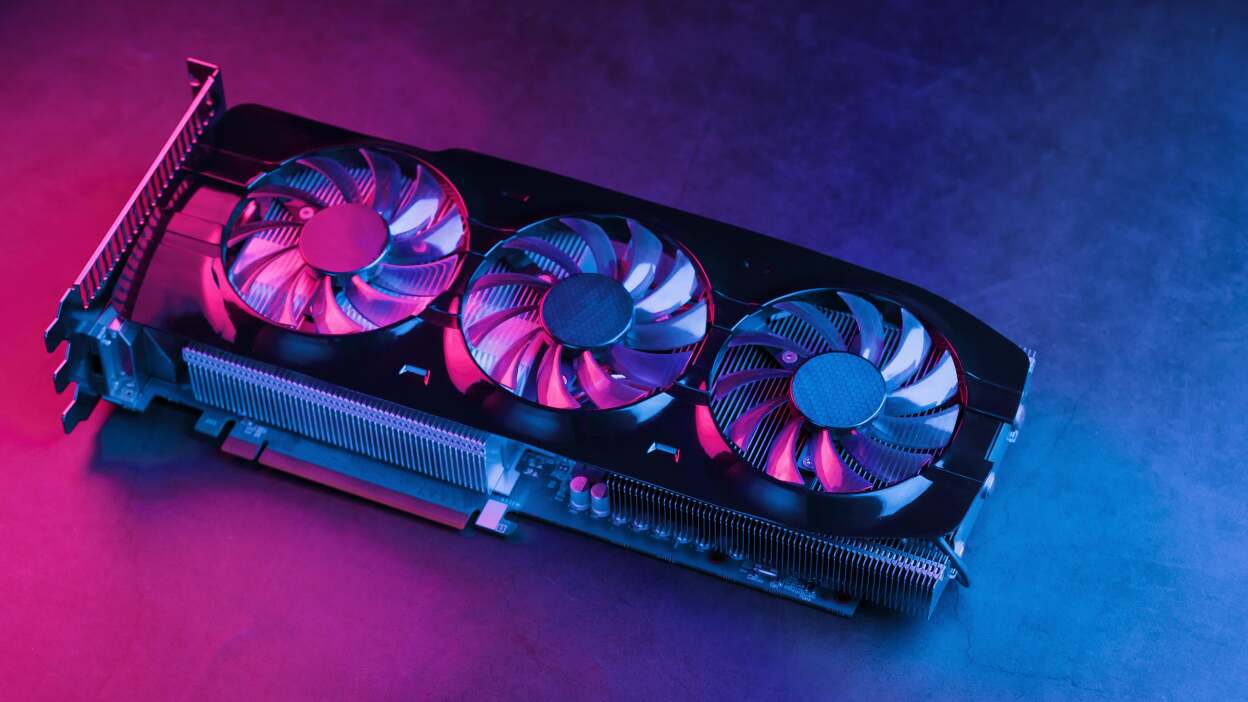The Graphics Processing Unit (GPU), also known as the graphics card, is the heart of any gaming or graphics-intensive PC setup. Understanding where this component fits into your overall system is crucial for upgrades, troubleshooting, and optimizing your computer’s performance. This article will guide you through identifying a dedicated GPU within a PC, distinguishing it from integrated graphics, and also provide insight into the installation and maintenance of this powerful component.
Identifying the GPU in Tower PCs
External Inspection and Motherboard Layout
In a traditional tower PC, the GPU is typically mounted on the motherboard inside the case. To find it, you’ll need to remove the side panel of your computer case, which is usually secured with screws or a latch system. Once you have access to the internals, look for the PCIe slots on the motherboard; this is where graphics cards are installed. The GPU itself is a separate circuit board that slots into one of these and is usually located nearer to the bottom of the motherboard, standing perpendicular to the plane of the mainboard.
Recognizing the Card by Its Features
Dedicated GPUs are distinct – they often have their own cooling solutions, such as fans or heatsinks, and have ports on the back edge for video output, like HDMI or DisplayPort. A GPU with one or more fans or a large heatsink block is an unmistakable sign you’ve located the right card. Look for the bracket protruding from the back of the PC case, which hosts these video output ports – this is the back-end of the graphics card.
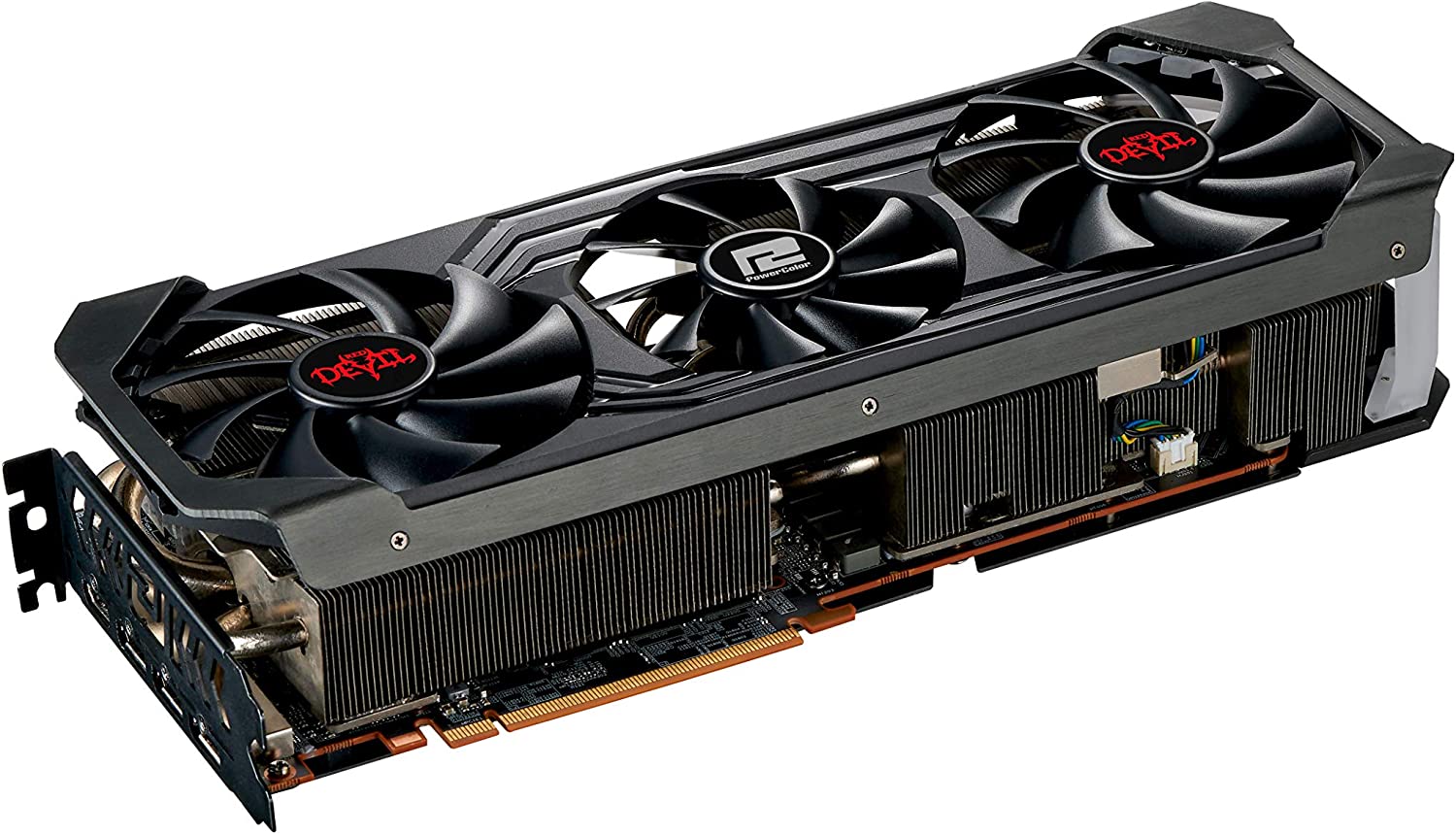
Integrated Graphics Versus Detachable GPUs
Understanding Integrated Graphics
Not all PCs have a dedicated GPU. Many rely on integrated graphics, which are built into the CPU and share memory with the system’s RAM. These setups won’t have a separate card in the PCIe slots. Instead, video outputs for integrated graphics are directly on the motherboard’s back panel, alongside USB ports and other connectors.
Advantages of a Dedicated GPU
If your system does have a dedicated graphics card, it’s separate from the main processor and has its own dedicated video memory (VRAM), allowing for more powerful and efficient processing of graphical data. A standalone card can process visual information much faster, resulting in smoother graphics and better performance in 3D applications and games.

Installation and Secure Positioning
Installing a GPU Properly
Installing a GPU is relatively straightforward, but you must handle the component with care to avoid damage from static electricity or improper handling. First, ensure the computer is off and unplugged. Then, line up the GPU with a PCIe x16 slot on the motherboard and gently but firmly press the card into the slot until you hear a clicking sound – this indicates that the card is securely in place.
Securing the Card in Place
Once inserted, it’s critical to secure the graphics card to the case using screws on the expansion slot brackets. This prevents movement that could damage the motherboard or the card itself. Make sure the screws are snug – not overly tight, as this could strip the threads or damage the card.
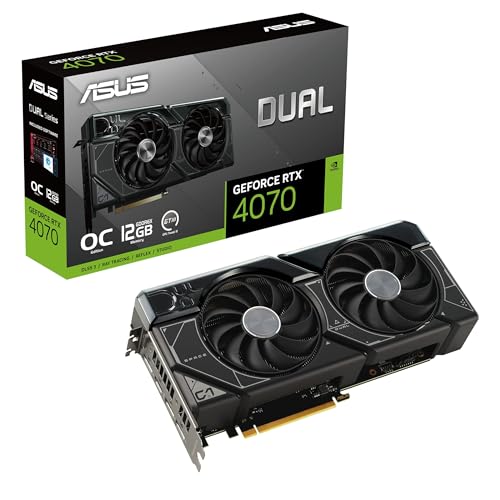
Maintenance and Upgrades for Longevity
Regular Cleaning and Dust Removal
To maintain optimal performance, you should periodically clean your GPU to prevent dust buildup that can lead to overheating. Use compressed air to blow out dust from the fans and heatsink. It’s recommended to do this every few months, depending on your environment.
Upgrading When Necessary
The world of technology is ever-evolving, and manufacturers continually release newer, more powerful GPUs. Upgrading can be a significant boost to your PC’s capabilities, especially if you’re a gamer or a professional who relies on graphics performance. When considering an upgrade, ensure the new GPU is compatible with your motherboard and power supply unit (PSU) and fits within your PC case.
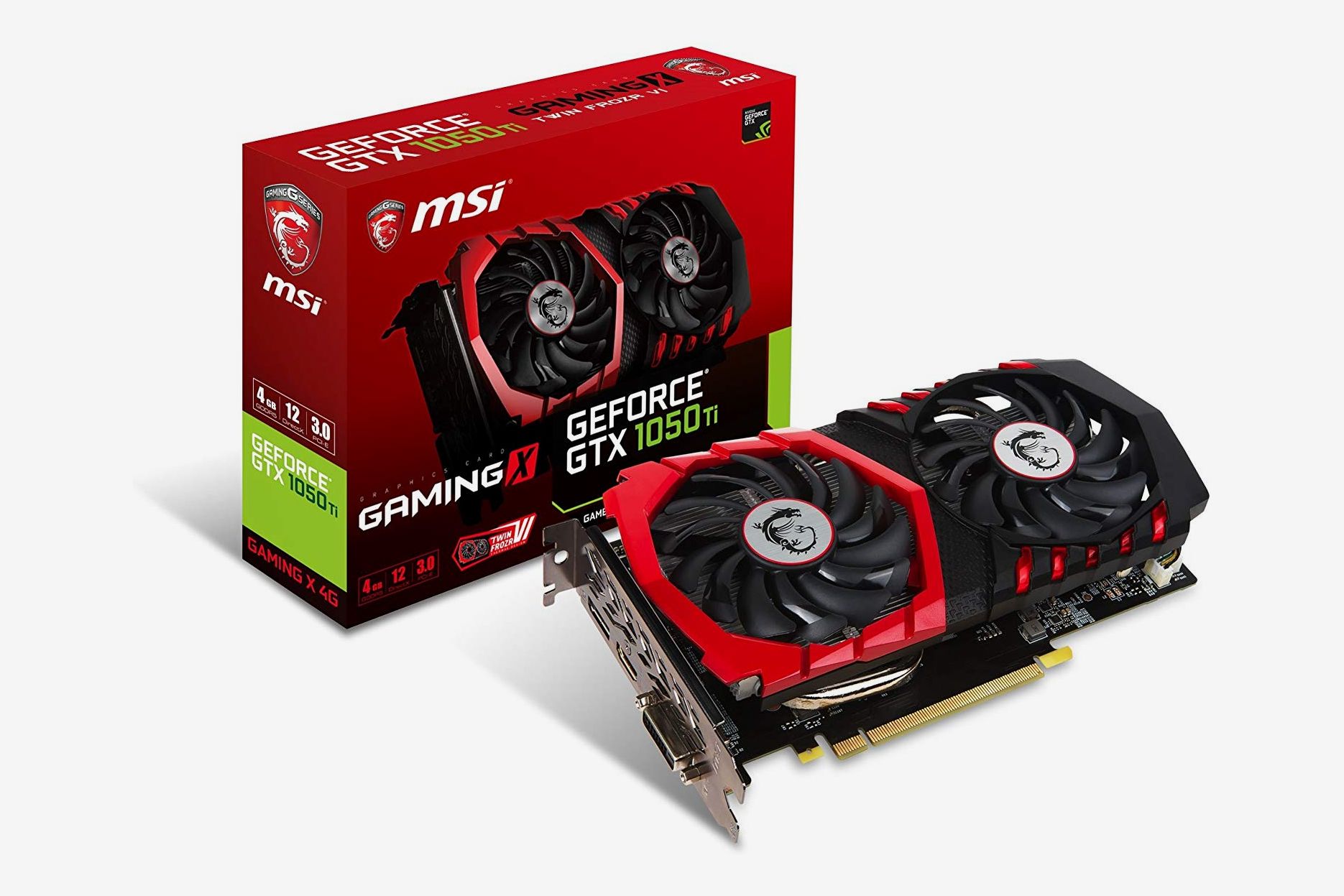
Optimizing GPU Performance
Adjusting Settings for Peak Efficiency
Once you have located and familiarized yourself with the GPU in your PC, you might want to ensure that it operates at peak performance levels. Dive into the software accompanying your graphics card to tweak settings like the clock speed, fan control, and memory allocation. Overclocking can push the GPU to work faster than factory settings, but be cautious; it can also lead to overheating if done incorrectly. Use automatic overclocking tools that come with most GPUs, or adjust settings manually – only after you’ve thoroughly researched your specific GPU model.
Balancing Power with Thermal Management
Efficient performance isn’t just about speed—it’s also about maintaining the longevity of your hardware. Modern GPUs come with built-in thermal management protocols, but it’s always beneficial to monitor temperatures using third-party software. If your graphics card runs hot, consider improving internal airflow within the PC case or investing in additional cooling solutions such as better case fans or aftermarket GPU coolers.
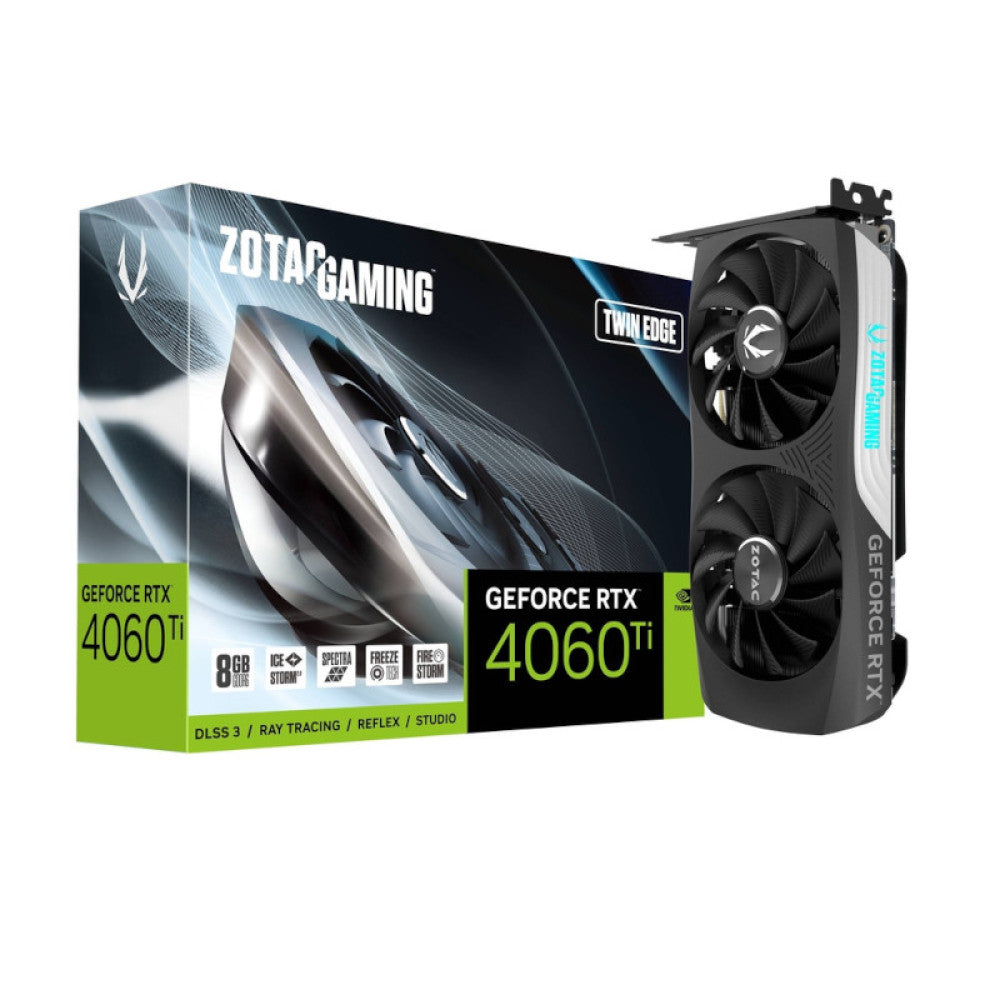
Up-to-Date Drivers for Enhanced Compatibility
To get the most from your GPU, regularly update your graphics driver to the latest version. Graphics card manufacturers frequently release new drivers that can improve performance, provide compatibility with the latest games, and add new features to your card. Keeping these drivers up-to-date ensures compatibility with new software and can often fix bugs or issues you may encounter during use.
Understanding the Role of a GPU in Multi-Display Setups
Advantages for Productivity and Entertainment
Users who work with multiple monitors will find a dedicated GPU particularly beneficial. These graphics cards can manage multiple displays at higher resolutions more effectively than integrated graphics. For video editors, gamers, and those who work in design, the ability to spread work across screens without performance loss is crucial. Plus, with support for high dynamic range (HDR) and higher refresh rates, a quality GPU ensures that whether for work or play, the visuals across all screens remain crisp and responsive.
Configuring Display Settings
Within your GPU’s control software, there are ways to customize the settings for multiple displays. You can extend or duplicate your desktop, adjust the resolution independently for each monitor, and even orient screens vertically or horizontally. This level of configuration flexibility makes it easy to personalize your workspace or gaming environment to your preferences.
For anyone interested in PC gaming or graphics work, understanding the GPU’s location in your PC and its function within your system is crucial. The GPU can integrate into the motherboard or be installed as a dedicated card in a PCIe slot. Recognizing the signs of a graphics card and knowing how to handle, install, and maintain it can help you get the most out of your PC. Regular maintenance, coupled with timely upgrades, will ensure that your machine continues to meet the demands of modern software and games, keeping you at the cutting edge of performance.
